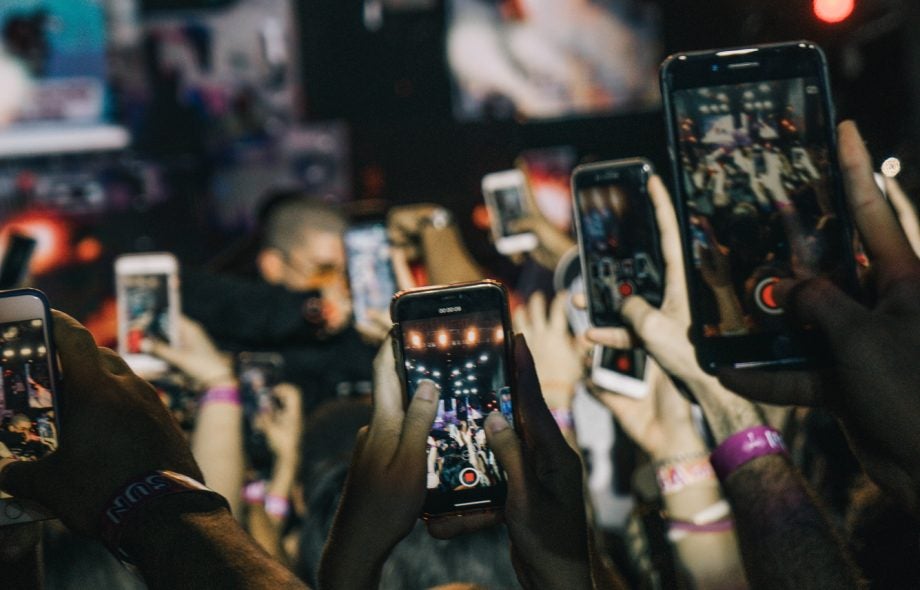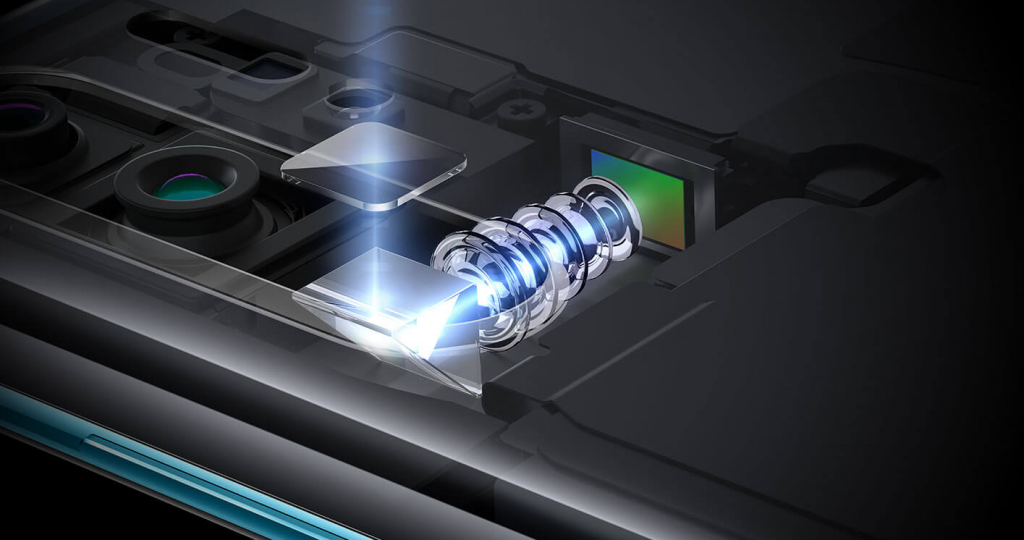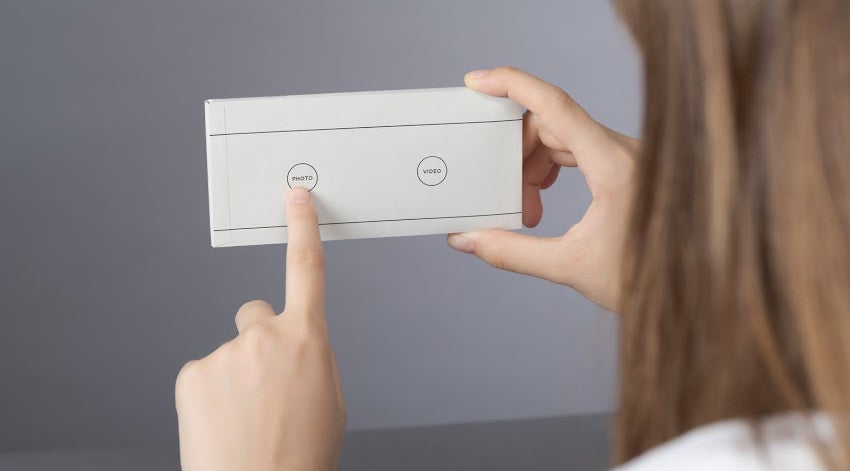Fast Charge: It’s over for the smartphone – we just don’t know it yet

Feature stagnation, unjustifiable stratospheric pricing and rising issues with privacy, addiction and mental health spell doom for the smartphone. We’re entering an era of smartphone dystopia and its days on top are numbered.
Something is festering in the smartphone world and it’s time we had an honest chat about it. Amid all of the usual hype about the Moto Razr, Samsung Galaxy S20, and Apple’s iPhone 11 absolutely crushing it, there’s an elephant in the room few are acknowledging – it’s over for the smartphone, we just don’t know it yet.
After a decade of relentless growth and utter dominance, the not-so-humble handset has peaked, and the entire experience is as good as it ever needs to be. The pinnacle has been reached, be it in the context of power, speed, design, battery, cameras, display or apps. I’m not saying manufacturers shouldn’t chase perfection, but the wishlist has been exhausted.
Related: Best small phones 2020
Tangible improvements lessen with every generation. Gains are becoming increasingly minor. The megapixel race – a myth the first time around – is somehow a thing again. Once again consumers are being enticed with larger screens (6.9-inches!?) to compensate for true improvements. 120Hz refresh rates, which will only truly benefit a tiny fraction of the smartphone buying public, are already being pushed as the next must-have feature.

In another other era we’d be talking about malaise and stagnation. In another era the next best thing may be along to replace it, as the smartphone swiftly did for the multitude of gadgets we once carried. The problem is no-one knows what the next big thing is, or whether there is one.
The ever-rising cost(s)
While the technological leaps have stagnated, prices have not. Instead of the best phones costing $1,000 (a fairly recent leap in itself), manufacturers are beginning to keep the very best specs behind a new elite tier of Pro and Ultra devices. Thanks largely to the presence of 5G modems, you can add another two hundred to your next upgrade. Samsung’s soon to be announced Galaxy S20 Ultra will cost at least $1,300, according to the latest rumours.
Those exclusive features are said to include a 108-megapixel main camera, 5,000mAh battery and a 10x optical zoom courtesy of a new periscope-style arrangement. The latter is very clever, but this is a feature the smartphone industry convinced us wasn’t important many years ago. So we stopped buying/carrying our dedicated compact cameras because phone pictures were good enough in most instances. Now the same industry wants us to get all excited about optical zoom.

There’s just no North Star for the smartphone anymore. Bereft of truly ground-breaking innovation, manufacturers are now just changing the presentation, folding the screens in half, adding barriers to usage and charging even more money for the privilege. As I explained in an article last week, the advent of foldable phones isn’t driven by consumer demand. They don’t yet solve a single obvious pain point.
Existential crisis
This relative inertia at the very top is just one of a number of existential crises emerging that are bordering on the dystopian. There’s a growing realisation that our phones may be doing us more harm than good, an ever-widening love-hate relationship with these domineering devices.
Manufacturers are now selling phones for when you’ve had enough of your phone. Think about that. You’ve just spent $1,300 on the best technology available, yet buy another one to use on the weekends. That one costs $100 and acts like its 1998.
Related: 10 budget smartphones to escape your flagship
This represents a very real yearning for regression, which goes beyond the current affinity for retro nostalgia. It reflects a need to get away from these devices that for many of us steal time, sap motivation and have highly detrimental effects on our mental health.
As a result, tech companies are on the defensive. Those building the major operating systems and frontline apps are spending more and more time building tools to limit our usage.
Google now offers a PDF printout of a paper envelope for its Pixel 3a phones that, when placed over the phone (like the proverbial paper bag), will only enable you to use the camera and the phone app. What next? The Pixel 5 ships with a blindfold? It’s all very Black Mirror.

Apple continues to develop and improve Screen Time as part of its digital wellness drives. Admirable, some might say. But the app sends you a report each week that’ll likely make you feel guilty and inadequate if your phone usage goes up. It’s like the drug dealer simultaneously trying to wean you off, while lambasting you every time you experience a relapse. It’s messed up, man.
Many public spaces, like the well-regarded Samuel Smith’s chain of pubs is banning smartphone usage, in order to “protect public conversation.” Others are doing the same, marketing themselves as “digital detox” pubs. Phones have reached a tipping point where they’re in the same category as smoking.
They’re increasingly considered anti-social, detrimental and unwanted distractions from healthy activities. People are fed up with only ever having someone’s half attention. Maybe at 37, I’m just outdated, but I’m as guilty as anyone of this rampant smartphone overuse. I hate feeling beholden to this incredible hunk of metal, glass and plastic, yet as a guy living away from his home country, I clutch onto it like a lifeline. Just reading this piece back, feels like a cry for help. Just writing it convinced me to go and buy a book.
The ramifications for privacy have become catastrophic. There’s no putting that genie back in the bottle. We were all, especially journalists, asleep at the wheel, wowed by what smartphones could do. We have failed and continue to fail to do due diligence. Now even our everyday face-to-face conversations are instantly reflected in Instagram adverts. Where does it end?
These devices are so incredibly brilliant, so useful, so helpful and so beneficial in so many ways, that it’s almost sad to see it come to this, but the narrative has changed. Phones are no longer seen as a force for good. What comes next must change this. It can’t be just an AR headset from which there truly is no escape for the eyeballs and the mind. Any ideas?
Fast Charge is our weekly mobile-focussed column where we delve deeper into the world of smartphones, wearables and more. Find it on Trusted Reviews every Saturday morning.


